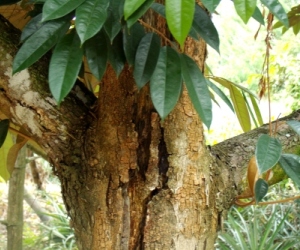Yes, there is plant sex, at least in accordance with the same manner that we perceive sexuality in humans.
Within the same reproductive organ called flower in angiospermous plants, there may be separate tissues that perform functions similar to the sexual organs in humans.
These are the stamen and the pistil.
The stamen is commonly referred to as the flower’s male part while the pistil is the female part.
Such a flower in which both the stamen and the pistil are present is called perfect or bisexual.
Plants bearing perfect flowers only are called hermaphrodytes, such as most cereals, beans, peas, and solanaceous plants.
Otherwise, if the flower has only one reproductive part, it is called imperfect or unisexual.
Unisexual flowers are of two kinds.
The stamen-bearing flowers are called staminate flowers while the pistil-bearing flowers are called pistillate flowers.
These two flower variants are commonly referred to as male and female flowers, respectively.
Read more

